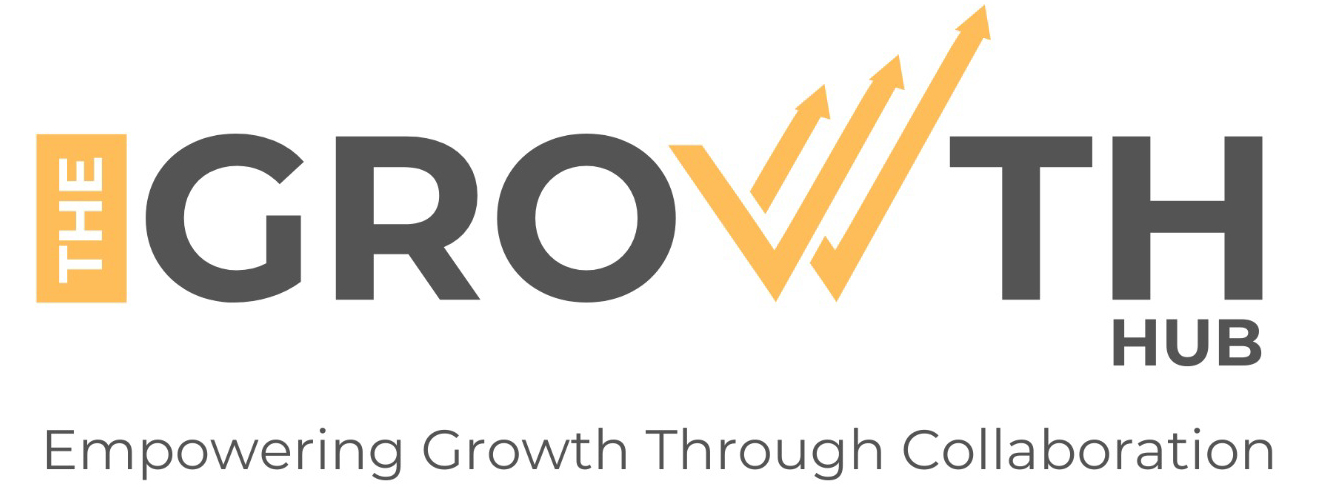
Why Cash Flow Is More Important Than Profit in Early Stages
When a business fails, it often surprises the owner. There might be plenty of customers, strong demand, even decent margins on paper. Yet the company runs out of money. Not because it wasn’t profitable, but because it didn’t have cash when it needed it.
This is where many entrepreneurs stumble. They treat cash flow as a secondary concern, a background metric, while obsessing over profit and sales. But in the early stages of any business, cash is not a detail—it is the business.
The UK sees thousands of business closures each year. Data from the Office for National Statistics puts the one-year survival rate for new businesses at just under 80 percent. Within five years, nearly half are gone. Speak to insolvency practitioners or SME lenders and you’ll find a common thread. These businesses did not run out of ideas. They ran out of cash.
Profit Is a Promise. Cash Is a Fact.
Profit is the theoretical gain once all expenses are accounted for. It is a concept tied to accounting rules and projections. It reflects future payments and assumptions.
Cash flow, by contrast, reflects reality. It is the movement of actual money in and out of the business. When your staff expect their wages on Friday, when your supplier requires payment before dispatch, when the tax bill lands—only cash will do.
In early-stage companies, this difference is not technical. It is existential. You can be profitable on paper and bankrupt in practice. The lag between delivering value and receiving payment can be fatal.
Cash Flow Is a Constraint That Shapes Better Strategy
The absence of cash forces clarity. When cash is limited, you are required to prioritise. You must decide which customer to chase, which investment can wait, which expense is truly essential.
This pressure, unpleasant as it may feel, is a strategic asset. It forces discipline. Businesses that grow with unlimited access to funding often lose focus. They spend freely, build over-complicated products, and ignore inefficiencies. Those built under cash pressure tend to stay close to their customers and tighten their operations.
In other words, cash scarcity creates the conditions for smarter decisions. But only if it’s understood and actively managed.
Why Growth Increases Risk
Most people assume growth solves financial problems. In fact, growth usually makes them worse—at least in the short term.
A growing business needs to spend more. Stock must be bought. Staff must be paid. Systems must scale. These costs come before the revenue lands. If a client pays in 60 days and your payroll is monthly, you are financing the difference. Unless you have reserves, every new customer becomes a strain.
The paradox is clear. Growth can lead to collapse if cash flow isn't tightly controlled. For many small UK firms, late payment by larger customers is the trigger. Research from the Federation of Small Businesses shows that 52 percent of small firms have experienced late payment in the past year, and 25 percent say it threatens their survival.
What Cash Flow Discipline Looks Like
Managing cash flow is not about spreadsheets alone. It is a mindset, a way of running the business. It shapes pricing, customer selection, even your business model. Here are key practices that define strong cash flow management.
1. Rigorous Forecasting
Build a rolling three-month cash flow forecast. Update it weekly. Include realistic assumptions, not just hopeful projections. Treat it as the central financial document in the business.
2. Shorter Payment Terms
Negotiate payment terms that match your operating rhythm. If your costs are weekly, monthly payment terms won’t protect you. Request deposits or stage payments when possible.
3. Relentless Follow-Up on Invoices
A late payment is a threat, not a minor issue. Have a clear system for chasing invoices. Automate reminders. Pick up the phone when needed. Too many businesses fail from politeness.
4. Delay Costs When It’s Smart
Extend payment terms with suppliers, where trust allows. Buy only what’s necessary. Consider leasing or renting equipment rather than buying outright.
5. Prioritise Cash-Generating Activity
Not all customers are equal. Focus on those who pay quickly and reliably. Avoid custom work or complex deals that absorb time and delay cash. Standardise and streamline wherever possible.
6. Build a Cash Buffer
If you have a good month, don’t spend the surplus. Put it aside. Aim to hold one to three months of operating costs in reserve. That buffer is what will let you survive a lean period without panic.
Cash Flow Informs the Business Model Itself
The best cash flow systems are not add-ons. They are built into how the business works.
Subscription models, for instance, bring predictable income. Selling through platforms that pay out quickly can reduce collection risk. Digital products or services with upfront payments improve cash timing.
These are not just operational choices. They are strategic levers. Businesses that design their model around cash flow resilience are less exposed to shocks and can invest from strength rather than desperation.
Profit Comes Later—Survival Comes First
There is a temptation to chase early profit at the cost of stability. But the goal in the early years is not just to be profitable. It is to survive. To be here in year three, year five, year ten.
Cash flow is what gives you time to fix mistakes, learn your market, and find product-market fit. It lets you say no to bad deals and avoid desperate decisions. Profit can wait. Payroll cannot.
